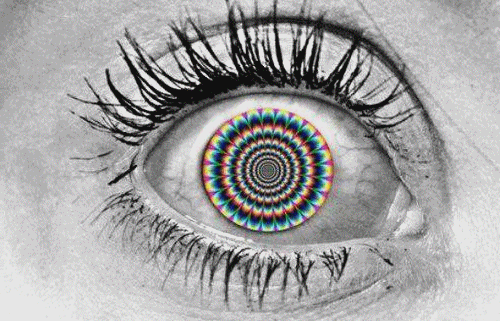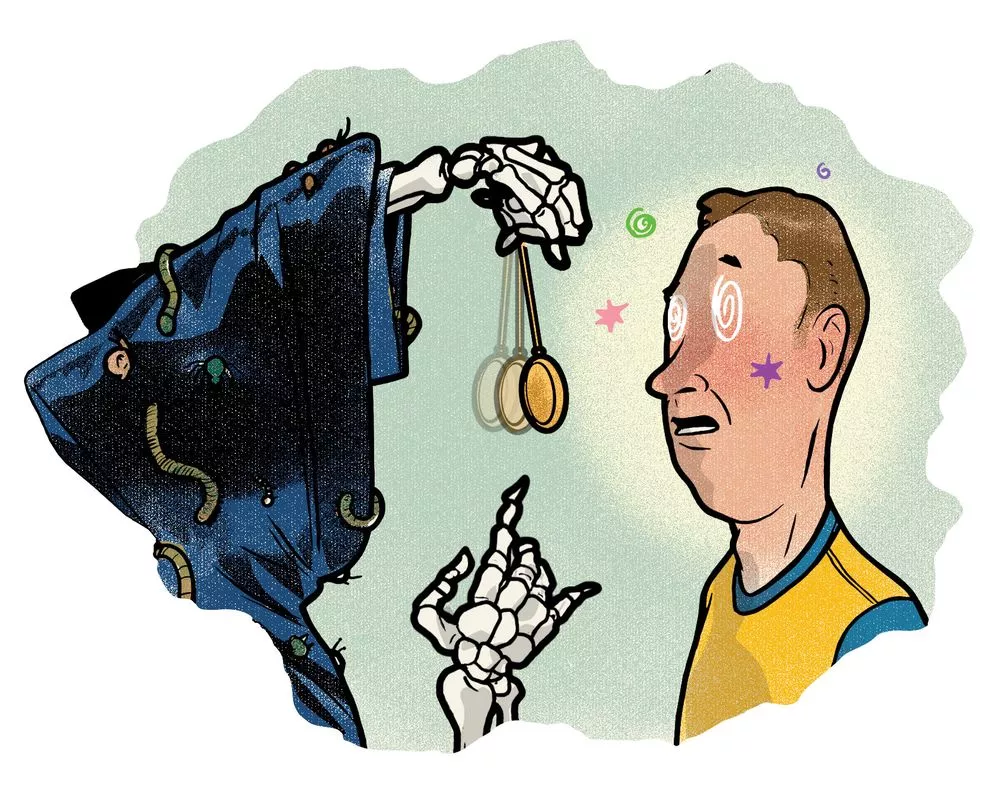Lord777
Professional
- Messages
- 2,578
- Reaction score
- 1,535
- Points
- 113
We know that much of what we are told is not true. But what exactly? "Guide to Lies" humorously tells how to distinguish truth from fiction, science from speculation, facts from opinions. You can learn this.
The world is overflowing with data, but not accurate information. Some of what we hear and see is true, but most of it is speculation, gossip, unverified evidence, fantasies, or outright lies.
Worst of all, on the basis of this information, we make important decisions: what to spend money on, where to live, whether to vaccinate children, change jobs.
Is it true or not?
Tyler Vigeon, a Harvard law student, found that the number of people drowning in the pool correlates with the number of films in which Nicolas Cage has played.
Are people so imbued with the plot of Cage's films that they do not remember themselves and drown? Or is Cage encrypting a hypnotic message in films? Unlikely.
Most likely, the correlation between the two factors is purely coincidental.
Fictional news.
Sometimes those who offer you some facts just expect you to draw the wrong conclusion. Sometimes they themselves do not see the difference.
To find the truth, you need to think critically. It is this - critical thinking - that the book "Guide to Lies" teaches. The author provides a set of tools, mastering which, you can process incoming information and identify lies.
Part of the truth.
The easiest way to convince us of something is to show numbers. But how to interpret them is a person's choice.
You probably know that "four out of five dentists recommend Colgate Toothpaste." And it is true. But not all.
It turns out that in the survey, dentists could recommend more than one toothpaste. And the biggest competitor, Colgate, was recommended almost as often as Colgate - a detail you'll never hear in an ad.
The obvious is incredible.
You definitely have friends who say, “I won't buckle up in the car because one guy died because of a seat belt. He was trapped. If he had not been fastened, he would have remained alive. "
Sounds convincing? No. We cannot draw conclusions from one or two stories.
Yes, there are several cases when a belt cost a person his life, but there are thousands of times when a belt saved a life. Which outcome is more likely?
The world is overflowing with data, but not accurate information. Some of what we hear and see is true, but most of it is speculation, gossip, unverified evidence, fantasies, or outright lies.
Worst of all, on the basis of this information, we make important decisions: what to spend money on, where to live, whether to vaccinate children, change jobs.
Is it true or not?
Tyler Vigeon, a Harvard law student, found that the number of people drowning in the pool correlates with the number of films in which Nicolas Cage has played.
Are people so imbued with the plot of Cage's films that they do not remember themselves and drown? Or is Cage encrypting a hypnotic message in films? Unlikely.
Most likely, the correlation between the two factors is purely coincidental.
There is so much going on in the world that there is always room for coincidences. But this does not mean that one is the cause of the other.
Fictional news.
Sometimes those who offer you some facts just expect you to draw the wrong conclusion. Sometimes they themselves do not see the difference.
To find the truth, you need to think critically. It is this - critical thinking - that the book "Guide to Lies" teaches. The author provides a set of tools, mastering which, you can process incoming information and identify lies.
The book is for everyone who wants to distinguish truth from lies and minimize the likelihood of wrong decisions and erroneous conclusions.
Part of the truth.
The easiest way to convince us of something is to show numbers. But how to interpret them is a person's choice.
You probably know that "four out of five dentists recommend Colgate Toothpaste." And it is true. But not all.
It turns out that in the survey, dentists could recommend more than one toothpaste. And the biggest competitor, Colgate, was recommended almost as often as Colgate - a detail you'll never hear in an ad.
The obvious is incredible.
You definitely have friends who say, “I won't buckle up in the car because one guy died because of a seat belt. He was trapped. If he had not been fastened, he would have remained alive. "
Sounds convincing? No. We cannot draw conclusions from one or two stories.
Yes, there are several cases when a belt cost a person his life, but there are thousands of times when a belt saved a life. Which outcome is more likely?
Evaluate the probabilities, do not believe loud stories. This will help you make the right decisions.


